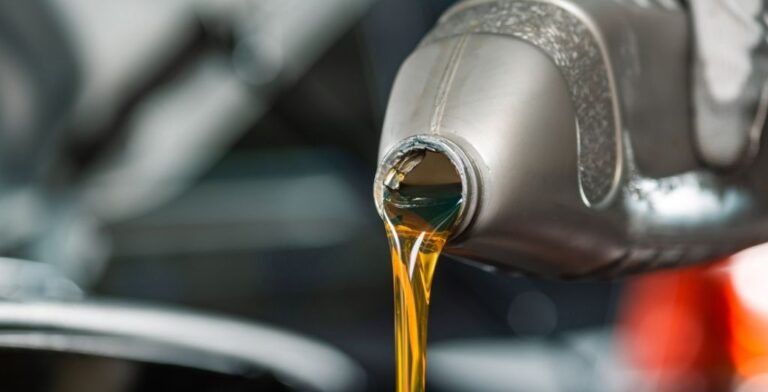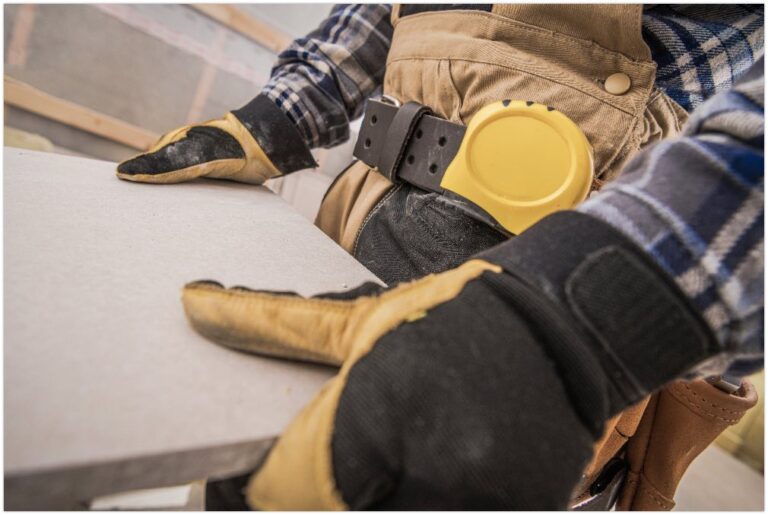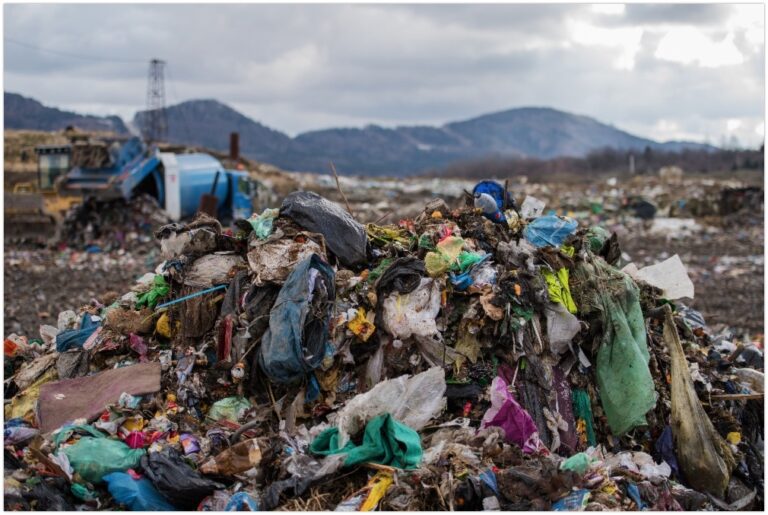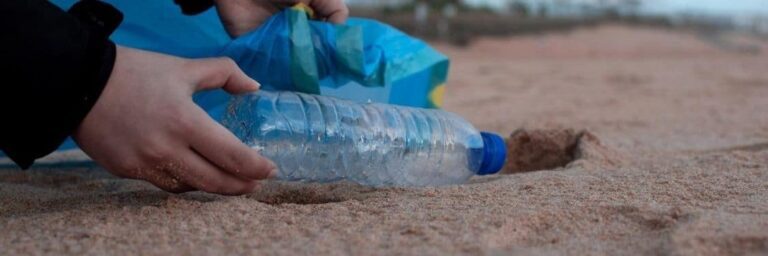In January 2018, China banned the importation of 24 different types of recyclable materials. That sent the waste management industry in Australia, which has been employing around 50,000 people indirectly, into a tailspin. Initially, statistics showed that the ban would affect nearly 619,000 tonnes of the 67 million tonnes produced each year in the country, but later the figure increased to 1.3 million tonnes.
And even though the political momentum has seemingly compounded, the complexity of the ongoing negotiations between the territories, state and Commonwealth have hampered attempts to solve the recycling problems in Australia.
Fortunately, people and authorities are already searching for alternatives. The largest rubbish tip in Australia is one of the options that are helping the locals. The rubbish tip and recycling facility has eliminated most of the problems associated with landfilling such as eliminating the smells, noise, airborne and visible particles.
The location of this recycling and tip facility
The largest rubbish tip in Australia is situated in Eastern Creek, Sydney. The rubbish tip represents the biggest integrated recycling/landfill facility, not only in Australia but in the Southern Hemisphere too.
It was a rock quarry some years ago, but today the Australians have transformed it into the biggest rubbish tip that will take many years to fill. It has transformed how we have been recycling rubbish and the effects of carbon footprint. The building of this tip did not happen within a day. Ian Malouf spent seven years to lobby and gathering the $300 million he needed to see his dream come true. He managed to develop Genesis Xero afterwards.
It is the largest in Australia
The Genesis Xero facility is very deep, the hole is 150 metres deep and expectedly, it will hold around 12.5 million cubic metres of waste in the next 20 years.
Only 8 percent of the dry waste going through processing in the factory will get crushed and tipped into the deep hole through a chute. The 8 percent represents the non-recyclable waste and that which the facility cannot change into road fill or mulch or any other type of construction material.
The operations are highly computerised
The recycling operations in Genesis Xero are computerised and involve a larger network of conveyor belts, magnets, crushers and sorting systems. Ian Malouf worked with a group of engineers to develop the systems and ensure they are effective. Ian aimed to create the best rubbish tip in the Southern Hemisphere; therefore, he decided to tour Itality and Europe to get a good idea of how industrial recycling would help. A
s a result, he made a tipping and recycling facility that will serve people for the next 20 years.
The facility had several objections. The local Minchinbury residents were worried that it would be a very smelly rubbish landfill but the NSW Department of Planning approved it because most of the processing would happen indoors and reduce the effects on the community and environment.
The very pavement leading to the facility is sealed and every road system is irrigated with sprinklers to eliminate airborne particles. Higher berms surrounding the facility make a visual barrier for the residents and absorb noise.
It serves the local community
The facility caters to residents’ needs and reduces noise and smell effects in addition to reducing visual particles. It caters to the customer’s needs and makes a more pleasant experience for people who want to recycle because the unloading happens indoors; the directional signs are colour coded to ensure easier and safer navigation.
The downhill conveyor and chute facilitate faster waste transportation for the reception to landfills. The rubbish tip size and the offered facilities have made it the largest in Australia.
The three words people remember when it comes to recycling are Reuse, Recycle and Reduce.
Recycling greatly benefits the environment, and people are making money. For many years, people have been throwing away valuable metals like copper, iron, aluminium and steel, which are easier to recycle and easier to change into profits.
Ian Malouf understood that and worked hard to ensure his dream came true. He worked with a group of engineers to develop a facility that separates what is recyclable from what is not. The facility recycles and tips the rubbish while minimising the smells, airborne particles and noise.
Paul’s Rubbish Removal Sydney has moulded its business model around sustainable rubbish disposal. We help local Sydney residents, businesses and commercials to safely and properly dispose of their waste.
Together we can make a difference starting today. If you need assistance removing the junk at home and do not want it to end up in the biggest landfill in Southern Hemisphere, contact us to get rid of it for you. We’re available 24/7 to give you a hand.







